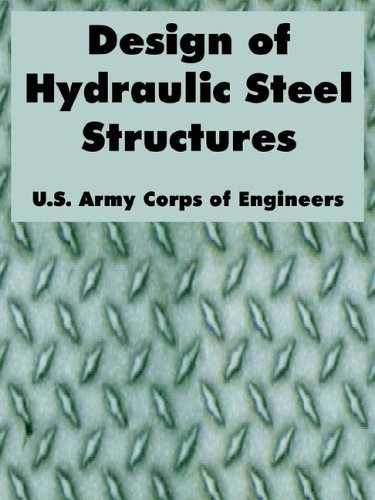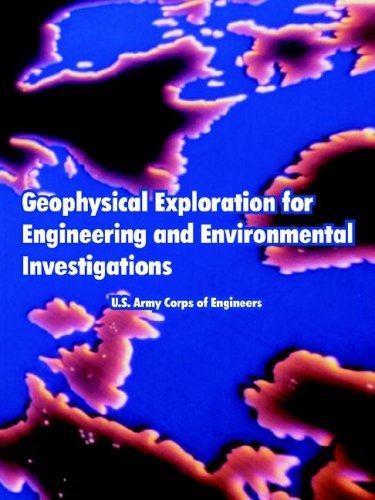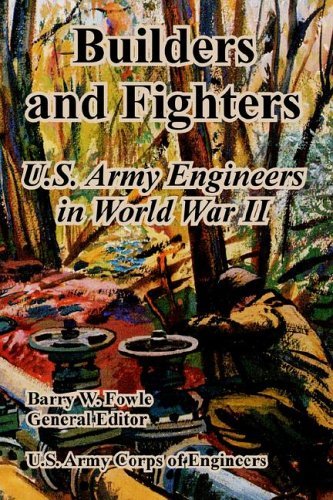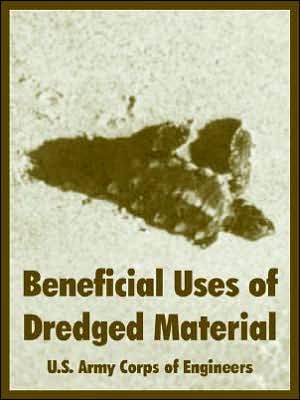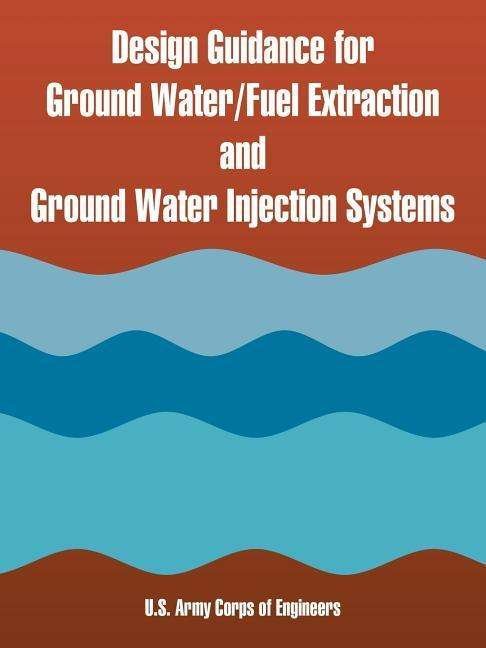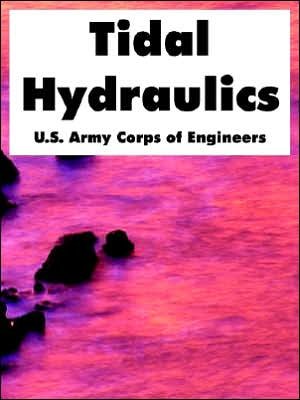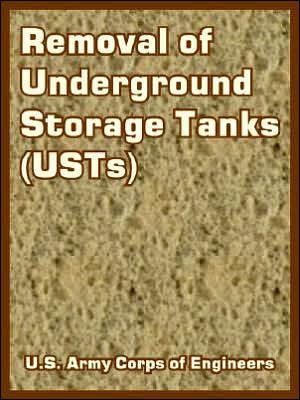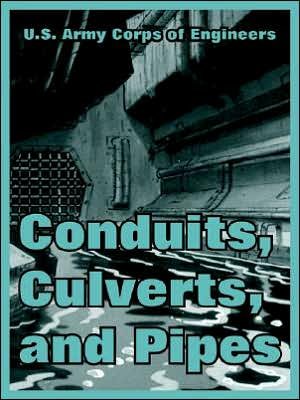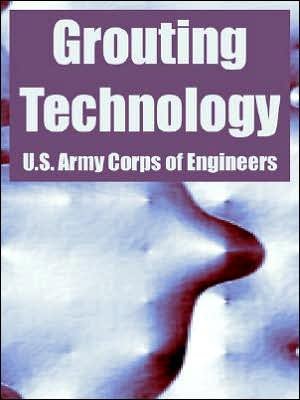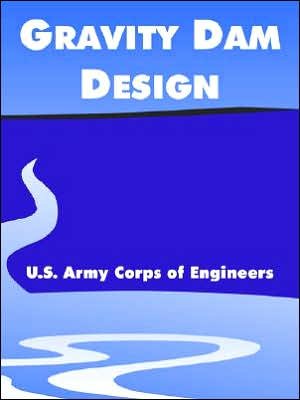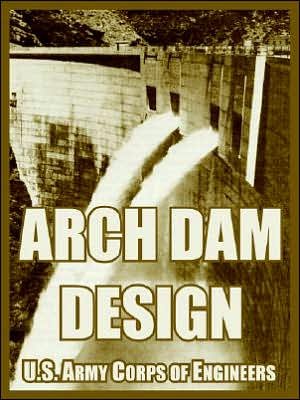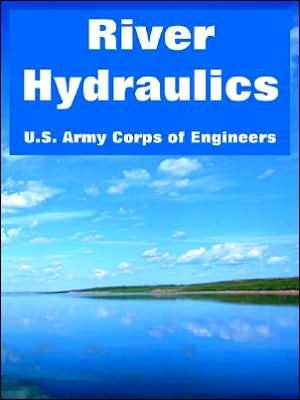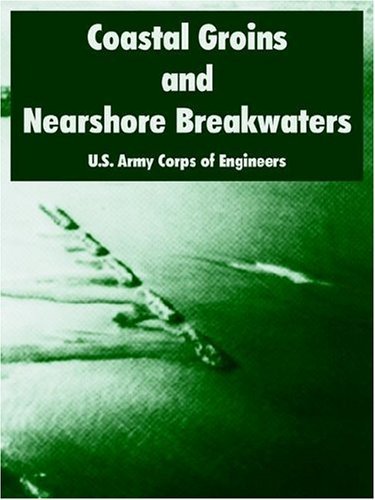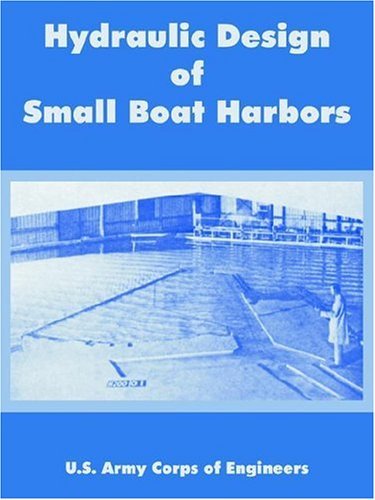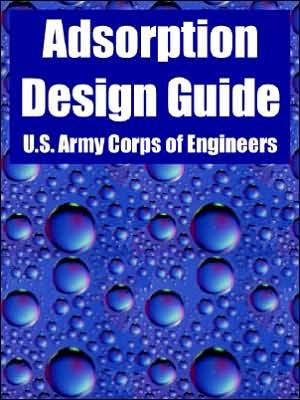
Tell your friends about this item:
Adsorption Design Guide
U S Army Corps of Engineers
Adsorption Design Guide
U S Army Corps of Engineers
This book provides practical guidance for the design of liquid and vapor phase devices for the adsorption of organic chemicals. The adsorptive media addressed include granular activated carbon (GAC) and other alternative adsorption carbon media, such as powdered activated carbon (PAC) and non-carbon adsorbents. Adsorption Design Guide addresses various adsorption media types, applicability, use of various adsorption process technologies, equipment and ancillary component design, availability, advantages, disadvantages, regeneration methods, costs, and safety considerations. The equipment can be installed alone or as part of an overall treatment train, based on site-specific factors. Carbon, in various forms, has been used to adsorb contaminants for some time. The first documented use of carbon as an adsorbent was for medical purposes, in the form of wood char in 1550 B. C. The first documented use for water treatment was in 200 B. C. "to remove disagreeable tastes." In 1785 experimental chemists learned that carbon could accumulate unwanted contaminants from water. Carbon in the activated form was first used as a filter medium in the late 1800s. The understanding of carbon adsorption progressed in the late 19th and early 20th centuries, when vapor phase organic carbon was developed and given its first widespread use as a defense against gas warfare during WWI. The first GAC filters used for water treatment were installed in Europe in 1929. The first GAC filters for water treatment in the United States were installed in Bay City, Michigan, in 1930. In the 1940s, GAC was found to be an efficient purification and separation technology for the synthetic chemical industry. By the late 1960s and early 1970s, GAC was found to be very effective at removing a broad spectrum of synthetic chemicals from water and gases (i.e., from the vapor phase).
108 pages
| Media | Books Paperback Book (Book with soft cover and glued back) |
| Released | January 27, 2005 |
| ISBN13 | 9781410219886 |
| Publishers | University Press of the Pacific |
| Pages | 108 |
| Dimensions | 210 × 279 × 6 mm · 263 g |
| Language | English |
More by U S Army Corps of Engineers
See all of U S Army Corps of Engineers ( e.g. Paperback Book and Hardcover Book )











